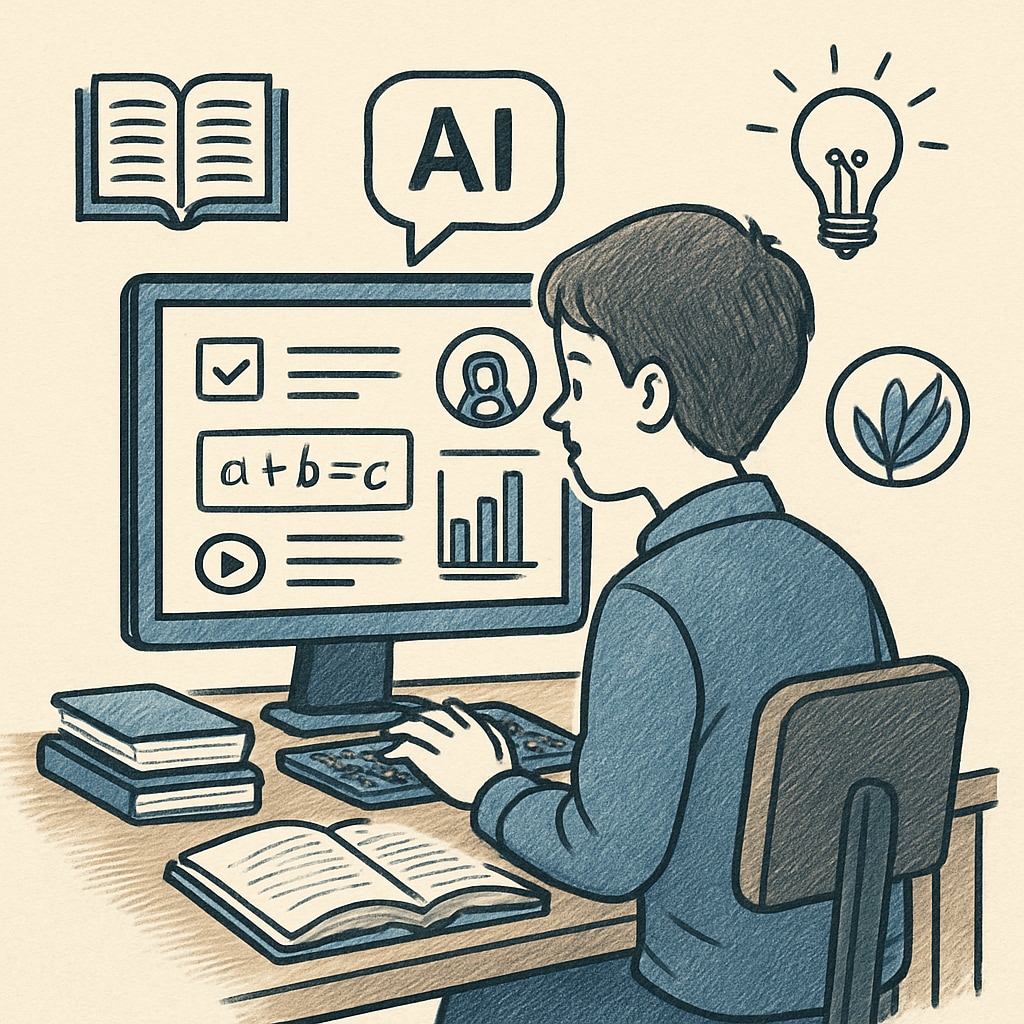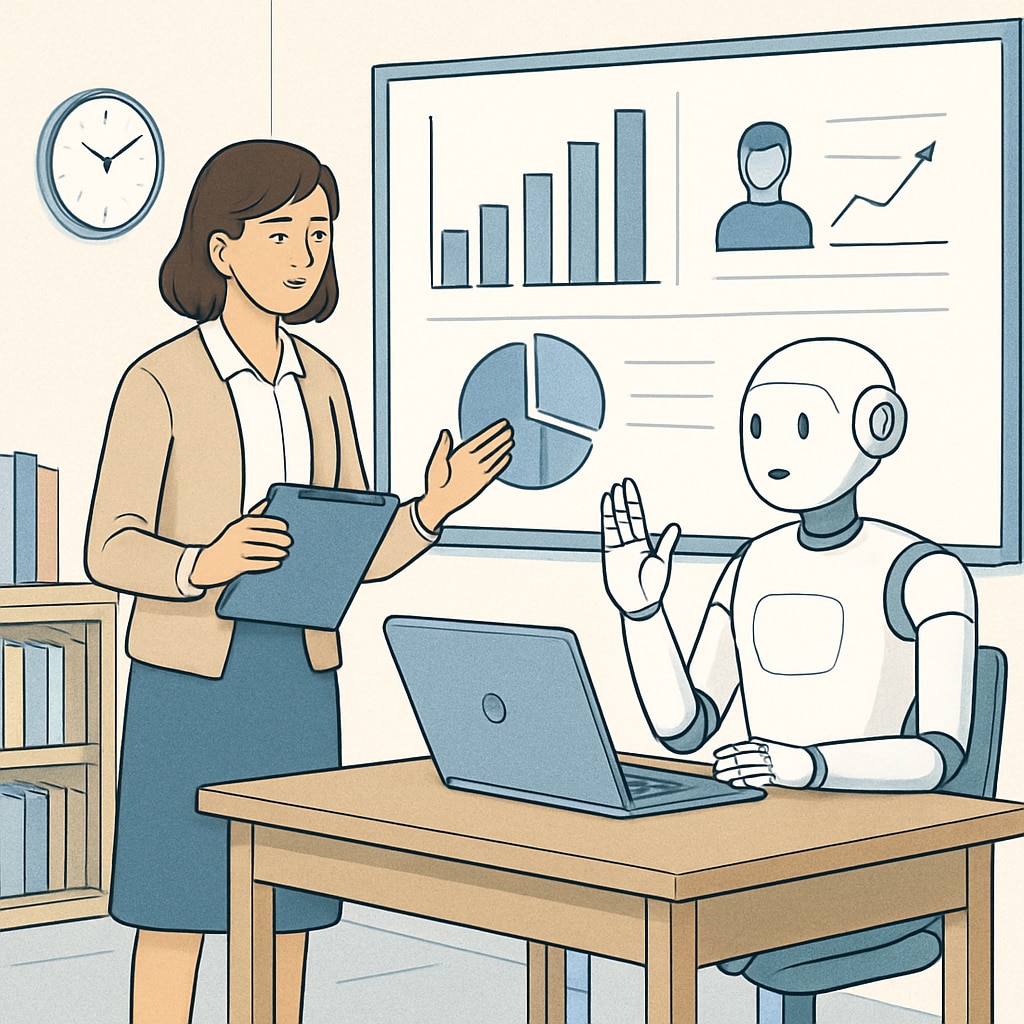Artificial intelligence, education, and future impact are interconnected concepts that are redefining how knowledge is delivered and experienced in K12 classrooms. Over the next 5-10 years, AI is expected to revolutionize the field of education, introducing innovations that improve personalized learning, redefine the role of teachers, and promote equitable access to resources. This article delves into these transformative aspects while considering the fundamental principles that should guide this technological evolution.
The Rise of Personalized Learning Through AI
One of the most significant contributions of AI to education is the ability to create personalized learning experiences. Unlike traditional one-size-fits-all teaching models, AI algorithms can analyze student data, identifying strengths, weaknesses, and preferred learning styles. This allows for tailored lesson plans, assignments, and assessments that adapt to individual needs.
For example, adaptive learning platforms such as Khan Academy already use AI to recommend exercises based on a student’s progress. In the future, AI tutors may become more sophisticated, capable of providing real-time feedback and even emotional support, enhancing student engagement and retention.

AI and the Evolving Role of Teachers
AI is not here to replace teachers but to empower them. By automating administrative tasks such as grading and attendance tracking, AI allows educators to dedicate more time to teaching and mentoring. This shift enables teachers to focus on higher-order responsibilities, such as fostering critical thinking and creativity among students.
In addition, AI can act as a co-teacher, providing insights into classroom dynamics. For instance, AI-powered analytics can identify students who are struggling or excelling, enabling teachers to intervene effectively. By leveraging these tools, educators can adopt a more strategic approach, addressing both individual and group needs.

Bridging Educational Inequality with AI
One of the most promising aspects of AI in education is its potential to reduce disparities in resource distribution. In many parts of the world, students lack access to qualified teachers, textbooks, and other essential resources. AI-powered platforms can bridge these gaps by delivering high-quality, curriculum-aligned content to underserved communities.
For example, initiatives like One Laptop per Child aim to provide affordable access to digital learning resources. When combined with AI, such programs can offer interactive lessons, language translation, and even virtual classrooms, ensuring that learning opportunities are not limited by geography or socioeconomic status.
Balancing Innovation with Educational Values
While the benefits of AI are undeniable, it is crucial to ensure that the core values of education are preserved. Education is not merely about acquiring knowledge; it is about nurturing empathy, ethical reasoning, and social interaction. Over-reliance on AI risks diminishing these human-centric aspects.
To address this, stakeholders must adopt a balanced approach. Policymakers, educators, and technologists should collaborate to establish ethical guidelines for AI implementation. Transparency, data privacy, and inclusivity must remain top priorities as we integrate these technologies into classrooms.
Readability guidance: Short paragraphs and lists effectively summarize key points. The use of transition words like “for example,” “in addition,” and “as a result” improves flow. Maintaining a balance between technical details and broader implications makes the content accessible to a wide audience.


